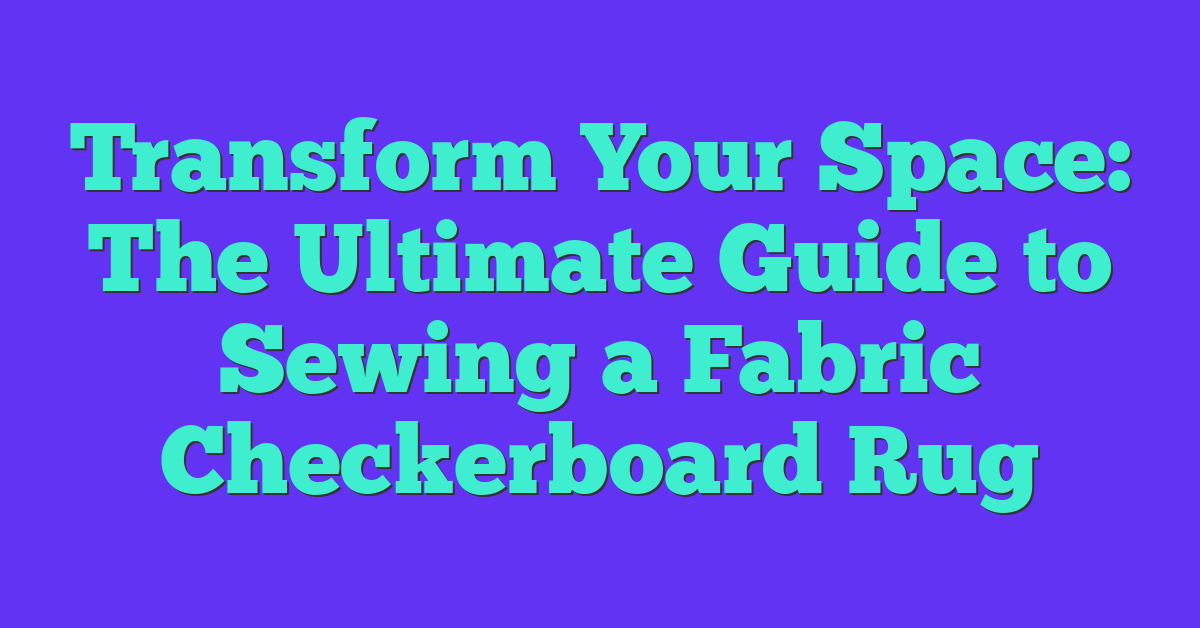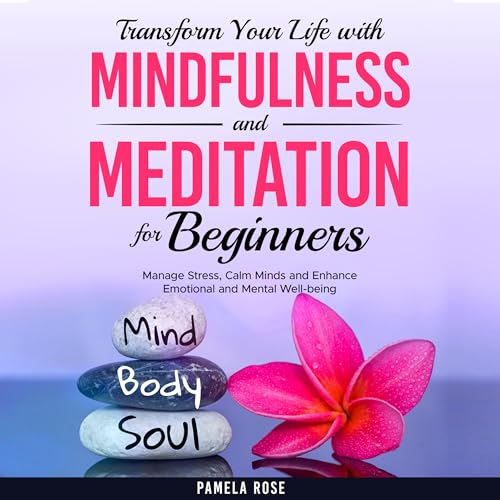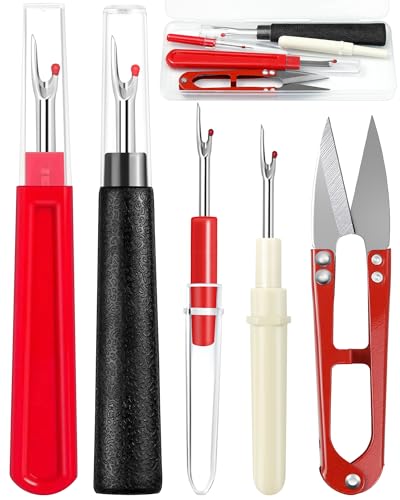There’s something incredibly satisfying about creating your own home decor, and a fabric checkerboard rug is a perfect project for both beginners and seasoned sewists. This versatile piece not only adds a pop of color to any room but also brings a cozy, handmade touch that store-bought rugs often lack.
Overview of Sewing a Fabric Checkerboard Rug
Creating a fabric checkerboard rug combines creativity and practicality. It involves sewing alternating squares of fabric to form a striking design that enhances any room. This project suits both beginners and experienced sewists, allowing for skill development while producing a functional piece of decor.
I start by selecting fabric types that complement each other. Cotton, denim, or canvas work well, providing durability and ease of sewing. Choosing a color palette adds personality, and I recommend contrasting colors to make the checkerboard pattern pop.
The process begins with cutting fabric into equal squares, typically ranging from 5 to 10 inches. I usually use a rotary cutter for precision, ensuring each square remains uniform. After cutting, I arrange the squares in a checkerboard layout, allowing the design to come to life before sewing.
I pay attention to seam allowances. A ¼-inch seam works well to ensure the squares align correctly. After sewing all squares together, I create backing for the rug, often using a sturdy fabric to withstand foot traffic.
Finally, adding a non-slip backing is essential for safety. I typically use rug gripper material or fabric-treated with non-slip adhesive to keep the rug in place. This project’s combination of practicality and aesthetics makes it a rewarding sewing endeavor.
Materials Needed
Creating a fabric checkerboard rug requires specific materials to ensure both durability and aesthetics. Using the right fabric and tools enhances the sewing experience and the rug’s final appearance. Below, I detail the essential components for this project.
Fabric Options
- Cotton: Cotton fabric offers breathability and comfort. It’s easy to work with, comes in various colors and patterns, and provides good durability for a rug.
- Denim: Denim provides a sturdy option, giving the rug a casual look. Its thickness contributes to durability, making it ideal for high-traffic areas.
- Canvas: Canvas possesses strength and structure. It’s often used for outdoor projects, so it can withstand wear and tear while adding a creative flair.
- Felt: Felt is soft and comes in numerous vibrant colors. This fabric works well for a cozy, plush feel but may need additional backing for durability.
- Cotton Blends: Cotton blends combine the softness of cotton with other fibers, enhancing resilience and offering diverse textures and patterns.
Tools Required
- Sewing Machine: A reliable sewing machine simplifies the process and allows for precision stitching of fabric squares.
- Rotary Cutter and Mat: For accurate fabric cutting, a rotary cutter and mat provide ease and precision in shaping the squares.
- Quilting Ruler: A quilting ruler helps measure and align the fabric squares accurately, ensuring everything remains consistent.
- Pins: Pinning fabric squares before sewing prevents shifts during the process, maintaining the checkerboard design’s integrity.
- Iron: An iron is crucial for pressing fabric squares, ensuring they lay flat and seams are crisp for a polished finish.
- Non-Slip Rug Backing: This backing adds stability to the rug, preventing slippage on floors and enhancing safety.
With these materials gathered, you’ll be fully equipped to embark on your fabric checkerboard rug project.
Step-by-Step Instructions
Creating a fabric checkerboard rug combines creativity with practicality. Follow these detailed steps to bring your project to life.
Preparing the Fabric
- Choose fabric types: I suggest using durable materials like cotton, denim, or canvas to ensure longevity.
- Cut uniform squares: Cut your fabric into squares, each measuring 5 inches by 5 inches. This size offers a manageable space for sewing.
- Wash and iron the fabric: Pre-wash to remove shrinkage, then iron out wrinkles for smooth handling and precise cuts.
Assembling the Squares
- Arrange squares in a checkerboard layout: Lay out your fabric squares on a flat surface, alternating colors for a classic checkerboard pattern.
- Secure squares with pins: Pin the squares together to prevent shifting during sewing. Use multiple pins to ensure stability.
- Double-check alignment: Before proceeding, visually confirm that the squares are correctly oriented to achieve the desired appearance.
Sewing the Checkerboard
- Begin sewing: Start by sewing two squares together along one edge, using a quarter-inch seam allowance. This helps maintain uniformity.
- Press seams open: After sewing, press open seams with an iron to create a flat surface. This step enhances the final appearance of the rug.
- Continue sewing rows: Sew squares in rows, then connect each row until the entire checkerboard design is complete.
- Create the backing: Cut a piece of sturdy backing material slightly larger than your assembled checkerboard. Attach it to the bottom with fabric adhesive or by sewing.
- Add non-slip backing: For additional safety, adhere a non-slip backing to the bottom of the rug, ensuring it stays in place on various surfaces.
Follow these steps closely, and the result will be a vibrant, handmade checkerboard rug ready to brighten your space.
Tips for Success
Sewing a fabric checkerboard rug can be a rewarding experience. Keeping a few tips in mind helps ensure a successful project.
Choosing Patterns and Colors
Selecting the right patterns and colors can enhance your rug’s overall aesthetics. Focus on these elements:
- Contrast: Choose colors that stand out against each other, creating a striking checkerboard effect. For example, pairing a vibrant red with a deep navy can add visual interest.
- Fabric Patterns: Combine solid colors with patterned fabrics, such as stripes or polka dots, to add depth. Incorporating patterns can bring additional texture to the design.
- Theme: Consider the room’s decor before making decisions. If your space features earthy tones, opt for fabrics in greens and browns. For a modern look, select bold colors with geometric patterns.
- Scale: Keep in mind the scale of patterns. Large designs may overpower small spaces, while small prints can offer versatility and blend seamlessly.
- Balance: Maintain a balance in your choices. If using a busy print in one section, complement it with solid colors nearby to avoid overwhelming the design.
Finishing Touches
Adding finishing touches elevates your checkerboard rug. Focus on these aspects:
- Seam Finishing: Use a zigzag stitch or serger on the raw edges to prevent fraying, ensuring durability over time.
- Pressing: Press seams open as you sew to create a neat finish. This step reduces bulk and enhances the appearance.
- Backing: Secure a sturdy backing to provide added strength. Choosing a fabric like canvas ensures longevity for everyday use.
- Non-Slip Backing: Attach non-slip material to the underside of the rug. This prevents slipping and provides safety, especially in high-traffic areas.
- Final Inspection: Examine the rug once finished. Check for loose threads or uneven seams and make adjustments as needed to achieve a polished look.
Conclusion
Creating a fabric checkerboard rug has been such a rewarding experience for me. It’s amazing how a simple project can transform a space and add a personal touch that store-bought items often lack. I hope you feel inspired to dive into this fun sewing adventure and let your creativity shine.

Remember to have fun with your fabric choices and don’t be afraid to experiment with patterns and colors. The joy of crafting something unique for your home is truly special. Happy sewing and enjoy your beautiful new rug!

















